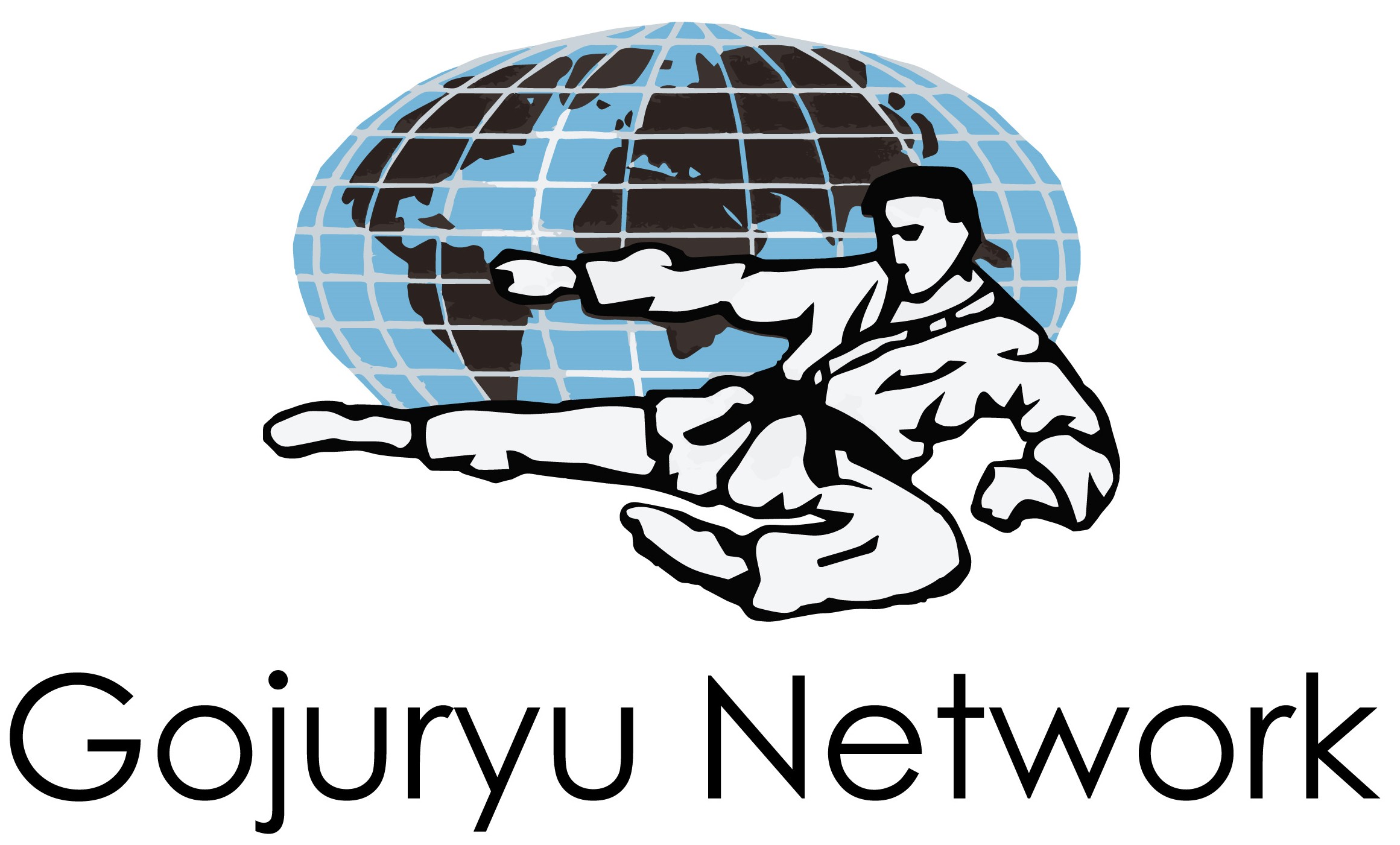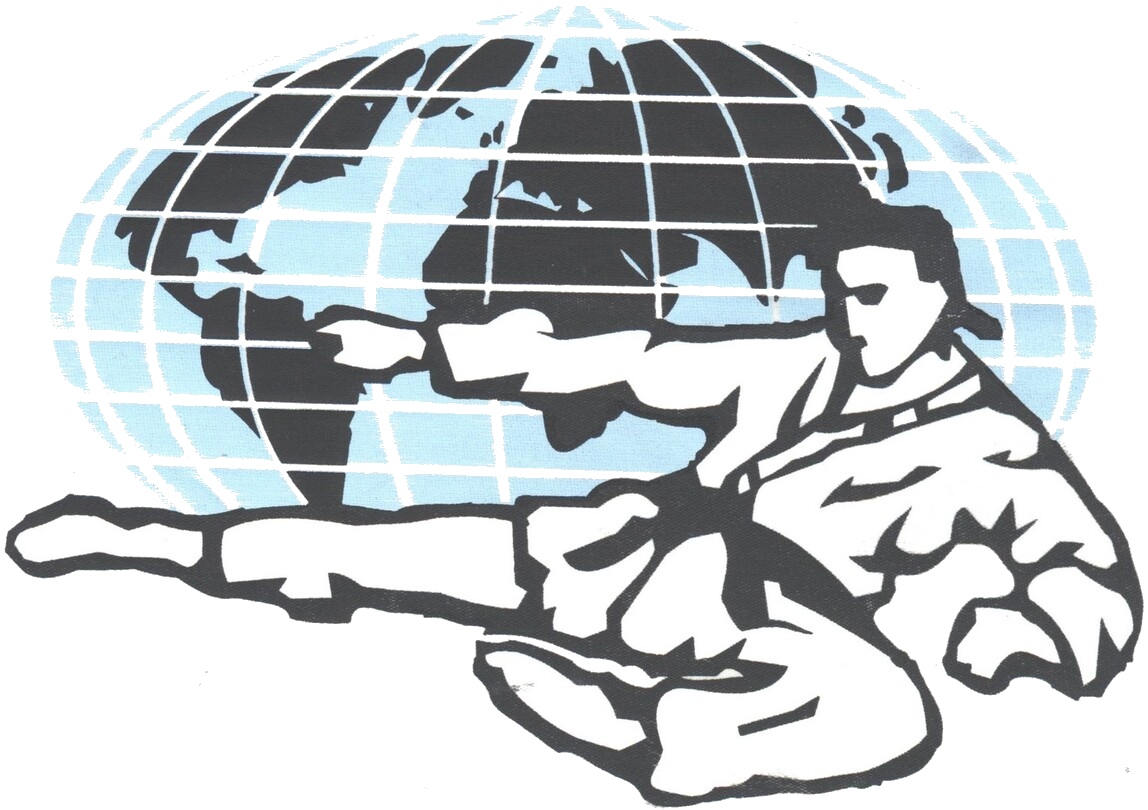Traditional martial arts versus martial sports: the philosophical and historical academic discourse
ABSTRACT: There have been a variety of attempts by scholars to neatly define and categorize Asian martial arts terminology, often in connection with martial arts history, philosophy, and practical training activities. Overall, the English term ‘martial arts’ is typically linked to East Asian fighting activities. In comparison, Western fighting methods, such as boxing and wrestling, are almost never referred to as ‘martial arts’ but mostly labeled ‘sports’ or ‘combat sports.’ This is reflected in the basic split of the broader martial arts community, which is between the so-called traditionalists and the modernists. The former often stress spirituality and mysticism and claim that the primary aim of martial arts is self-defense, while the latter are commonly affiliated with sports training and competitive events. The rift between the two camps is not settled and it represents the main reason of the many conflicting opinions and arguments articulated in the martial arts discourse. The principle method of this study is an extensive literature review with the aim to clarify the confusion by pointing out the many paradoxes present in the historical and philosophical narratives in connection with practical training activities of the martial arts. Besides, this article represents also a critique of the general, academic discourse about the Asian martial arts, which often appears disingenuous and is generally dominated by the traditionalists.








